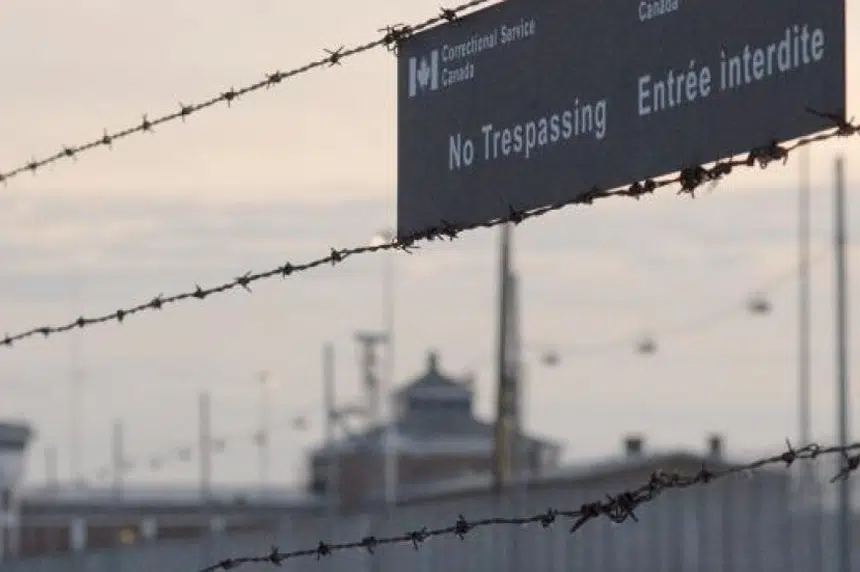By Bryan Eneas
It was 15 months in the making, but Correctional Service Canada (CSC) has released its report on a deadly riot at the Saskatchewan Penitentiary.
The Dec. 14, 2016 riot involved 131 inmates across five ranges at the federal correctional facility. One man died and two more were left critically injured.
According to the CSC report, an estimated $3.5 million in damage was caused over the span of roughly six hours.
“Inmates in one area of the institution destroyed government property, barricaded the range barriers, armed themselves with weapons and shields and covered their faces,” the report read. “Other inmates reported that once the riot started, they were fearful of these inmates if they did not participate.”
The riot started at 1 p.m. and, according to the report, the facility was secured by the Emergency Response Team by 7:25 p.m.
Following the riot, 16 of the 21 “principal inmates” involved were involuntarily transferred to other maximum-security institutions.
The CSC Board of Investigations report didn’t offer any concrete reasons as to what caused the riot, but suggested a number of factors which could have “created an environment where a riot was more likely to occur.”
The board identified labour and food-related issues, recent changes in the facility’s management and the presence of an “influential inmate” with a history of inciting peers as possible contributing factors. The report authors also cited ongoing negotiations between inmate representatives, kitchen staff and institutional managers as a source of tension in the facility.
“Despite actions taken to resolve some of these issues, the intersection of these multiple factors may have created the riot preconditions,” the report said, adding a kitchen walkout could have been a catalyst.
Inmates in the penitentiary refused to go to work as a peaceful protest in support of the kitchen workers. During the work refusal, inmates on some ranges also refused to lock up. That behaviour escalated to trigger the deadly riot, which quickly spread to other protesting ranges.
The report suggested a sixth range did not participate in the disturbance because an inmate had knowledge of the Riot Proclamation outlined in the Criminal Code of Canada and its legal consequences. The proclamation, broadcast to the entire facility over an intercom system, warned inmates they could get additional time on their sentence ranging from two years to life for participating in a riot.
In its report, the Board of Investigations recommended all inmates be fully informed and understand the Riot Proclamation and its consequences.
The Board of Investigations concluded its report by suggesting consideration should be given as to how multiple factors can “intersect and be used by instigators as a spark for collective violence.”











